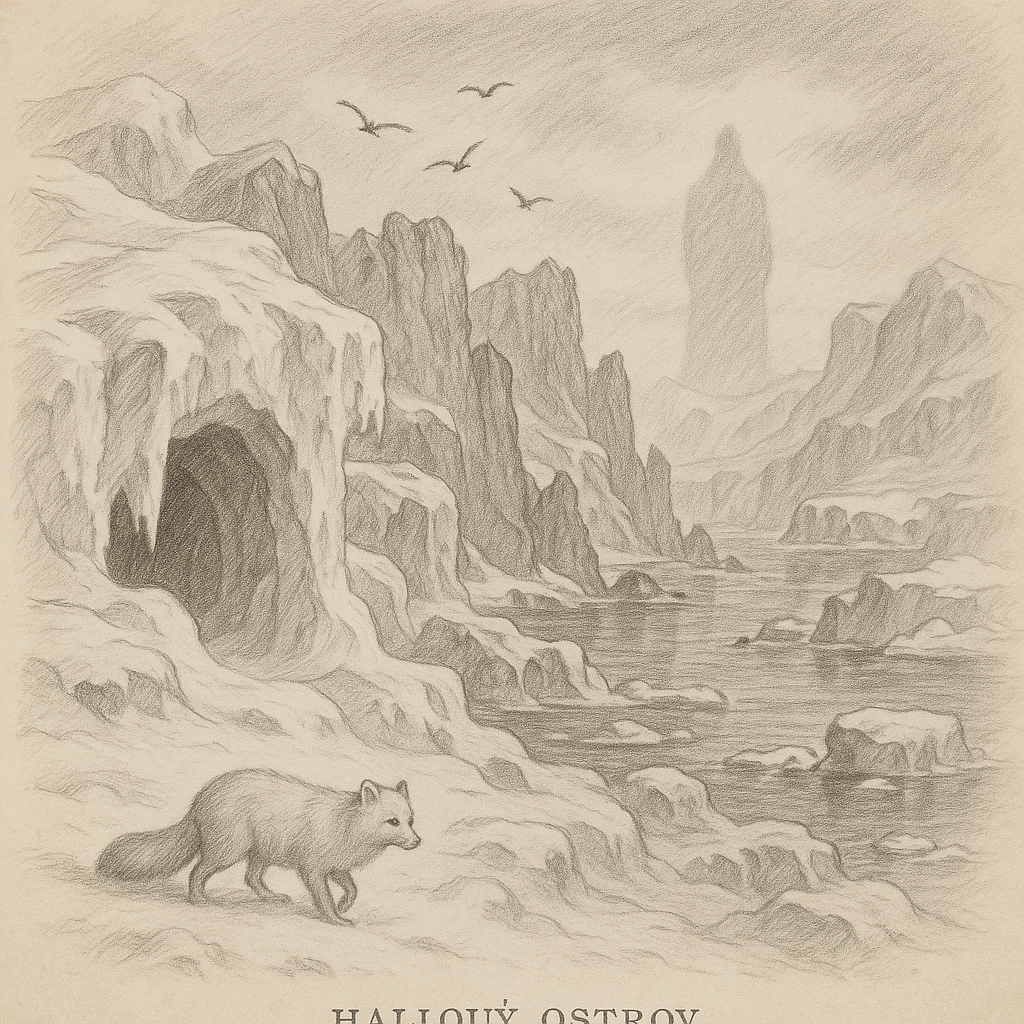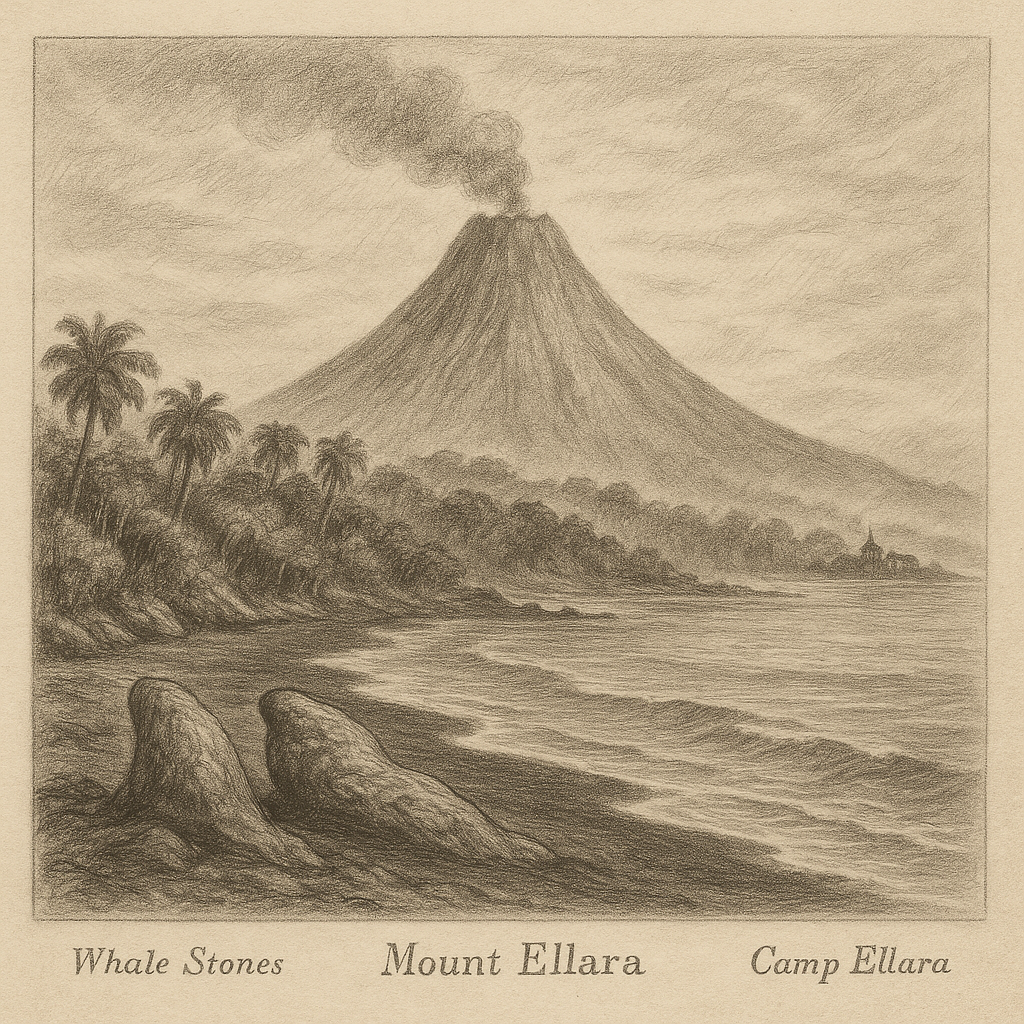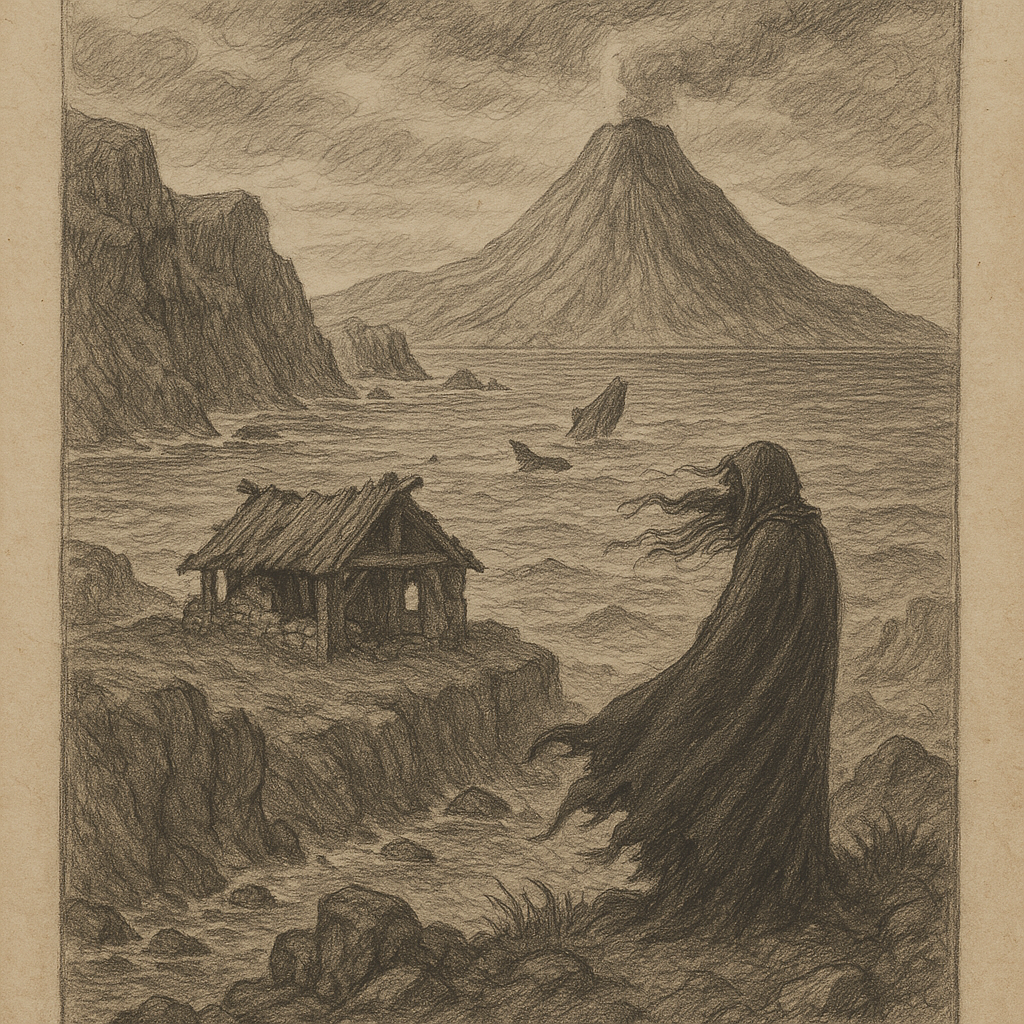Hall Island: A Remote Arctic Gem
Hall Island is a desolate and windswept island located in the Arctic Ocean, part of the Franz Josef Land archipelago in northern Russia. Though small and uninhabited, the island holds both geographical and historical significance. Its remote location and harsh climate make it one of the most isolated and unspoiled places on Earth.
Location and Geography
Hall Island lies in the central part of Franz Josef Land, in the Arctic Ocean, north of Russia and well into the polar circle. Franz Josef Land itself consists of approximately 191 ice-covered islands, and Hall Island is one of the larger ones, with an estimated area of around 1,376 km². It is located close to Wilczek Island and is separated from it by the Austrian Strait, a narrow waterway often covered in sea ice for most of the year.
The island is primarily covered by glaciers, with ice dominating its landscape. Jagged cliffs and frozen plateaus define its rugged topography. Glacial crevasses and ice domes make access by land a formidable challenge. Part of the island disappears beneath a permanent polar ice cap, a result of its high latitude and low annual temperatures.
Climate and Environment
The climate of Hall Island is distinctly polar, characterized by long, dark winters and short, cool summers. Winter temperatures can plunge below –30°C, while summer temperatures rarely rise above freezing. Precipitation is low but mainly falls in the form of snow.
Due to the ice-covered landscape, flora is sparse and consists mostly of mosses, lichens, and hardy Arctic wildflowers that bloom briefly during the summer thaw. Fauna on and around the island include polar bears, Arctic foxes, seals, and walruses. The surrounding waters are rich in marine life, hosting species such as narwhals, belugas, and various Arctic bird species like ivory gulls and little auks, which use the cliffs of the island during the breeding season.
Historical Background
Hall Island was discovered in 1873 by the Austro-Hungarian North Pole expedition led by Julius von Payer and Karl Weyprecht. It is named after American Arctic explorer Charles Francis Hall, who died under mysterious circumstances during his final expedition in the 1870s.
During the Cold War, Franz Josef Land, including Hall Island, was strategically significant to the Soviet Union. Though Hall Island itself was never developed, nearby islands, such as Graham Bell Island and Alexandra Land, served as sites for military bases and airstrips. Today, Hall Island falls under the administration of the Russian Arctic National Park and remains uninhabited.
Interesting Facts
One of the interesting features of Hall Island is its mysterious topography. Explorers have reported vast ice caves and unusual glacial formations, including arches and tunnels sculpted by years of wind and meltwater. These features have often been likened to frozen cathedrals beneath the Arctic sky.
Hall Island is also sometimes visible in satellite images used to monitor polar ice changes. This makes it a reference point for climatologists researching the effects of climate change in the Arctic. Despite its remoteness, the island occasionally serves as a subject of scientific expeditions focused on glacial dynamics, meteorology, and Arctic ecology.
Another curious fact about Hall Island is that it experiences “polar night” and “midnight sun” phenomena. For several months each year, the sun never sets or never rises, creating a surreal and timeless environment. During winter, the island remains in almost complete darkness, while in summer, it is bathed in constant twilight, illuminating the frozen landscape without pause.
Legends and Folklore
Although Hall Island is uninhabited today and has no indigenous population, over the years, Soviet and earlier explorers shared stories of eerie encounters while camped on or near the island. One of the more enduring legends is that of the “White Watcher”—a phantom figure described as a towering silhouette that patrols the cliffs during long Arctic nights. Some say it is the ghost of a lost explorer eternally guarding the island he could never leave.
Another tale passed among Soviet sailors is that of “The Ice Bells”—melodic and haunting chimes heard near the island during extreme cold. Although likely due to the movement and cracking of glacial ice, these sounds have been mythologized as being the echoes of ancient spirits or the island itself speaking during the night.
There’s also speculation and mystery surrounding strange radio signals allegedly picked up near Hall Island during the 1960s and 70s. Though never confirmed or explained, these signals have fueled conspiracy theories about secret installations or extraterrestrial monitoring—an idea that continues to capture imaginations in remote outpost stories.
Access and Preservation
Access to Hall Island is extremely limited due to its location, severe weather conditions, and protected status as part of the Russian Arctic National Park. Only special scientific expeditions and occasional military overflights visit the region. There are no permanent facilities or installations on the island, and landing is generally possible only by icebreaker or in rare instances, by helicopter.
As concerns about the Arctic environment grow, Hall Island stands as a symbol of untouched wilderness. Its stark beauty and raw, frozen landscapes make it an invaluable site for research and a reminder of the Earth’s last remaining frontiers. Conservation efforts aim to preserve the fragile ecosystems and prevent human contamination in this pristine polar environment.
In a world increasingly shaped by human presence, Hall Island remains a frozen sentinel, watching silently over the changing Arctic from a time almost forgotten.



